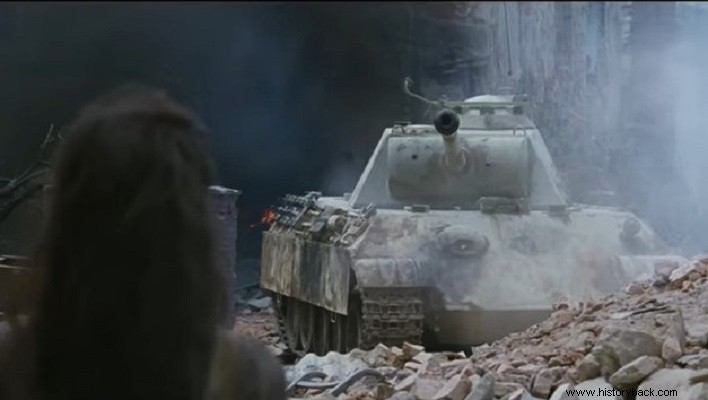
The uprising of August 1, 1944 holds a unique place in the collective memory and historical consciousness of Poles. And this is because the Nazis had suppressed the uprising with a brutality rare, even for themselves. 200,000 people, most of them civilians, died, many of them in mass executions. Hundreds of thousands were taken to concentration camps. The 1944 uprising and its violent suppression overshadows German-Polish relations to this day.
German politicians rarely visited Warsaw to mark the anniversary. 25 years ago, the then president of the Federal Republic of Germany, Roman Herzog, attended, and in 2004, Chancellor Gerhard Schroeder followed. "We bow down and feel ashamed," said the social democratic politician at the time. This year's participation of German Foreign Minister Heiko Maas in the memorial events is considered a positive development.
The German foreign minister accepted the invitation at a time when the ruling Law and Justice (PiS) party is increasingly pushing the demand for World War II reparations. The ex-mayor of the Polish capital, Lech Kaczynski, estimated the damages suffered by Warsaw at 45 billion dollars.
Resistance and terrorism
About a million people lived in Warsaw in the summer of 1944. The repression of the occupation authorities had intensified after the uprising in the Jewish ghetto of the city in the spring of 1943 which also drowned in blood. On August 1, 40,000 volunteers who professed loyalty to the London-based government-in-exile of Free Poland rose up and found themselves confronted by 16,000 Wehrmacht and SS men, but they were quickly reinforced. At that time the Wehrmacht was retreating on the eastern front.
"The Germans wanted to level Warsaw and turn it into a fortress, while we wanted to stop them and win our freedom an hour earlier," says Lecek Zukowski, head of Poland's largest veterans' organization, who at 15 participated in the rebellion.
The Warsaw Uprising suited the Germans' plans, according to the correspondence of high-ranking Nazi officials. The then leader of the SS Heinrich Himmler wrote to Hitler, among other things, the following:"Fuhrer, what the Poles are doing is a real blessing. We will endure them for five or six weeks, but then the whole of Warsaw will have disappeared, the head, the intelligentsia of a people of 16 or 17 million". Already in the first days of the uprising, the Nazis had executed more than 15,000 civilians.
Lonely fighters, indifferent Stalin
The rebels hoped for help from the Allies. The Westerners attempted to airdrop them with weapons, ammunition and food but most of the parachute drops failed to find a target. As for the Red Army, it may have advanced on the eastern front forcing the Germans into a disorderly retreat but as it neared Warsaw it halted on the opposite bank of the Vistula River and simply watched developments. Stalin had no interest in helping the so-called "patriotic army" of Poland, which swore allegiance to an exiled, anti-communist government.
After the final suppression of the uprising, Warsaw was razed by Hitler's personal order. Nine out of ten buildings were blown up, among them the old Royal Palace, all the industrial buildings of the city, as well as all the bridges on the Vistula River. In the fall of 1944, only a few thousand people were left to live in the ruins.
Historical memory and forgetting
For many decades the communist regime preferred to keep silent about the events of 1944. Only in 1989 did a serious public debate begin about the heroic nature of the uprising but also the unbearable blood toll. Today, dozens of commemorative columns are dedicated to the 1944 struggle, while, in a symbolic move, an armored chain has been placed on the walls surrounding St. John's Cathedral to commemorate the uprising.
SOURCE:DW
